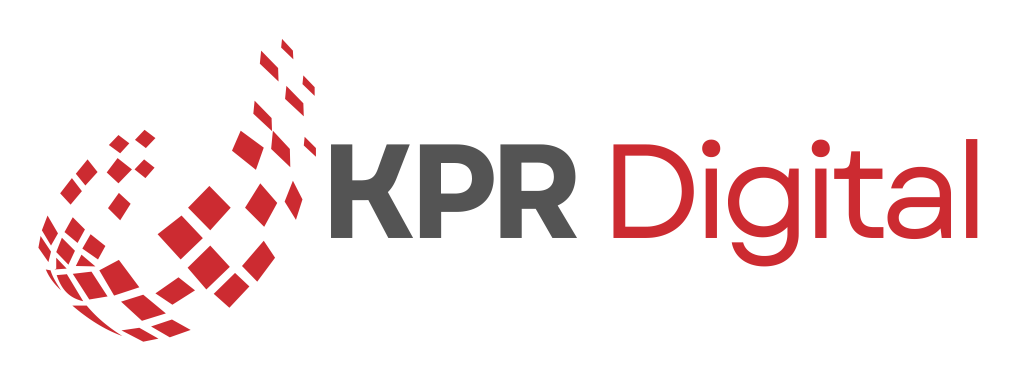As the global number of IoT (Internet of Things) devices surpasses 30 billion in 2025, the race to secure them has reached a fever pitch. From smart thermostats and wearable health monitors to industrial sensors and autonomous vehicles, our world is now a web of interconnected devices. This rapid growth has brought unparalleled convenience—but also unprecedented vulnerabilities.
IoT devices have become prime targets for cybercriminals. Lightweight designs, minimal processing power, lack of consistent firmware updates, and poor encryption protocols all contribute to their status as low-hanging fruit in the cybersecurity ecosystem. The 2023 “MirageBot” attack, which compromised over a million smart home devices globally, served as a wake-up call that traditional approaches to IoT security are no longer sufficient.
In response, 2025 has seen a surge in the integration of blockchain technology into IoT systems. Blockchain’s decentralized architecture and immutable ledgers offer a fundamentally different approach to securing networks of connected devices. It’s not a silver bullet—but it’s one of the most promising defenses available.
The Problem: IoT Security’s Achilles’ Heel
The fundamental challenges of IoT security include:
Centralized data systems: Most IoT ecosystems rely on centralized servers to manage communication between devices. This creates a single point of failure.
Device heterogeneity: The IoT landscape is fragmented, with devices from different manufacturers using incompatible software and security standards.
Scalability concerns: Security protocols that work for small networks don’t scale well to the vast and growing web of IoT devices.
Minimal onboard security: Due to cost and power constraints, many IoT devices ship with outdated or minimal firmware protection.
Hackers exploit these weaknesses to launch distributed denial-of-service (DDoS) attacks, gain access to private networks, or exfiltrate data undetected.
The Solution: Blockchain’s Role in IoT Security
Blockchain offers a distributed, secure, and tamper-proof infrastructure that aligns with the decentralized nature of IoT networks. Here’s how it works:
Distributed Ledger: Data from IoT devices is recorded on a blockchain, making it transparent and immutable. Once information is stored, it cannot be altered without consensus from the network.
Smart Contracts: Automated rules embedded in the blockchain govern device interactions. These contracts ensure only authorized actions take place, such as device firmware updates or authentication checks.
Decentralized Identity (DID): Devices can be assigned cryptographic identities on a blockchain, enabling secure, traceable authentication without a centralized server.
This approach allows for more robust data integrity, greater transparency, and faster detection of abnormal activity—hallmarks of a modern cybersecurity framework.
Case Study: Smart Cities Embrace Blockchain
Take the city of Barcelona, which in early 2025 launched a pilot program using blockchain to manage its smart streetlight and traffic control systems. Traditionally, these systems relied on a central data controller—if that node failed or was compromised, chaos could ensue.
Now, with blockchain integration, each streetlight and traffic sensor communicates via a secure, distributed network. Smart contracts automate actions like dimming lights after midnight or rerouting traffic during emergencies. Most importantly, all device interactions are logged immutably, making it nearly impossible for hackers to spoof commands or manipulate logs.
Since the launch, the city has reported:
A 43% reduction in system downtime.
Zero successful cyber intrusions recorded during red team penetration testing.
Faster response times to system anomalies, flagged automatically through smart contract triggers.
This example shows how blockchain isn’t just theoretical—it’s already proving its worth at scale.
Benefits of Blockchain-Enabled IoT Security
Here’s what blockchain brings to the table for IoT security:
✅ Tamper-proof data logging – Every interaction is recorded immutably, helping in audits and forensics.
✅ Eliminated single points of failure – Distributed architecture resists traditional server-side DDoS attacks.
✅ Device authentication – Decentralized identities (DIDs) provide cryptographic assurance of a device’s legitimacy.
✅ Autonomous decision-making – Smart contracts can execute policies without human intervention, speeding up threat response.
✅ Resilient firmware management – Updates can be verified and pushed securely, with proof of delivery and tamper-resistance.
Challenges and Limitations
Despite the advantages, blockchain implementation in IoT is not without hurdles:
Latency issues: Traditional blockchains like Bitcoin or Ethereum are not built for high-speed transactions required in some IoT use cases.
Storage constraints: Storing large datasets (like video feeds from IoT cameras) on-chain is impractical.
Energy consumption: Some consensus mechanisms (e.g., proof of work) are too energy-intensive for resource-constrained environments.
Regulatory uncertainty: Legal frameworks for blockchain use in IoT security are still evolving, creating compliance gray areas.
To overcome these, new blockchain variants—like IOTA, Hyperledger Fabric, and Polkadot—are being optimized for IoT, offering lightweight, scalable, and low-energy solutions.
Industry Trends in 2025
Across multiple industries, blockchain-IoT convergence is gaining ground:
Healthcare: Medical IoT devices (e.g., glucose monitors, heart rate trackers) use blockchain to securely log patient data and transmit it to healthcare providers without fear of tampering.
Logistics: Shipping companies use IoT sensors to track package temperature and location, while blockchain ensures the integrity of that data across supply chain handoffs.
Energy grids: Smart meters and grid sensors use blockchain to enable decentralized, peer-to-peer energy trading and monitor consumption in real-time.
Manufacturing: Factories implement blockchain-based quality control with IoT sensors monitoring machinery performance and reporting anomalies autonomously.
These examples show the growing confidence in blockchain as a foundation for cybersecurity in the IoT age.
Looking Forward: The Future of Secure IoT
As both IoT and blockchain technologies mature, their integration is likely to become standard practice rather than a niche innovation. The U.S. Cybersecurity and Infrastructure Security Agency (CISA) and EU cybersecurity agencies are already drafting guidelines for blockchain-based IoT security protocols. Tech companies are collaborating on open-source frameworks that promote interoperability and security-by-design principles.
What comes next?
Widespread adoption of blockchain-as-a-service (BaaS) for IoT platforms.
AI-enhanced blockchain monitoring, enabling predictive analytics for device behavior anomalies.
Growth in self-sovereign identity systems for both users and devices.
Further regulation and certification standards for blockchain-secured IoT networks.
Conclusion: Building Trust in a Connected World
The explosion of IoT in 2025 brings immense opportunities—but equally massive risks. As cyberattacks on connected devices grow in scale and sophistication, security must be built into IoT ecosystems from the ground up.
Blockchain provides a promising path forward by introducing decentralization, immutability, and trust into an otherwise fragmented landscape. While the road ahead includes technological and regulatory challenges, the shift is already underway.
For organizations, governments, and consumers alike, the message is clear: the future of IoT security lies in blockchain. The sooner we adapt, the safer our connected world becomes.

